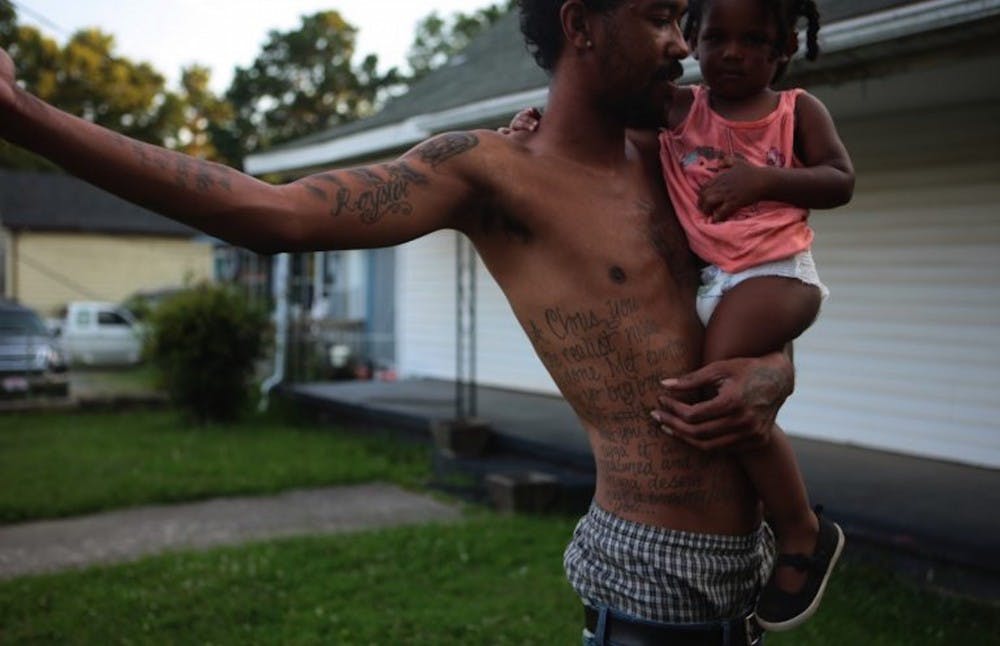With fall colors rolling in and pumpkins around every corner, leaf peepers from across the country will head to North Carolina's Piedmont to marvel at the extraordinary transformation of the countryside. This Piedmont region – from Charlotte to Raleigh – will celebrate the glorious southeastern American feats of nature.
"Across County Lines: Contemporary Photography from the Piedmont" will be featured in the Nasher Museum of Art from Oct. 4 to Feb 10. As a culmination of 39 artists' work and dedication to the people of North Carolina's Piedmont and expressing 45 years of culture, this exhibition aims to present the remarkable intimacies of everyday life to viewers. The exhibition opening will take place Oct. 6 with refreshments and live music.
"The subject matter includes everything from portraiture to landscape, still life, politics, gender and identity issues, activism, immigration, Americana, abstraction and both local and foreign current events." wrote Molly Boarati, assistant curator for the Nasher Museum of Art, in an email. "Hopefully there is something in the exhibition that speaks to all students as individuals."
Passion and persistence manifest themselves through each artist's work. For many, their work represents a piece of their own story as well. Kennedi Carter, a featured artist and Piedmont resident, welcomes the opportunity to represent her community and the marginalization it experiences.
"This is the only place that I truly know," Carter said. " In photojournalism and fine art, or really any type of art in general, you want to tell stories and other people's narratives – you need to be able to connect with that story. You're not just telling someone else's story, you're telling your story too. The Piedmont region is what I connect to and what I know – it's where my story is."
The diversity in the artwork reflects the complexity of the region and the artists. Artist Titus Heagins, a Duke alumnus and Piedmont resident, aims to capture individuals as part of their own complex story which applauds diversity.
"So essentially what I would like people to come away with is the idea that the greatness of America, the potential of America, comes from all backgrounds: socially, racially, economically, politically, and we need to think about that when we start giving out the resources of this country and making sure all people get access," Heagins said. "Photography is about capturing an instant. It's very brief. I think that the important thing is, because of the iconography that’s within the image, people can glean information about what the photograph is about or what the story is about."
For Boarati, the excitement from working with such a diverse group of artists stems from their influence on each other.
To experienced older artists, working with the younger artists they inspired speaks to the support this community provides. The culmination of art forms and perspectives offers a unique view of the range in perspective.
"I think the range [of years] contributes more examples of analogue photographs, in addition to the more ubiquitous digital photographs today. The older photographs give a glimpse of the past, before undergraduate viewers were born, and provide a sense of what photography from the region looked like a few decades ago," Boarati wrote in an email.
Older photographs give a glimpse into the rich history and tradition of the region and contribute valuable insight into the growth and lack thereof. Photography provides the perspective to try and see beyond difference and into the complex reality of the community.
Heagins’ work will feature images from the Durham community spanning 15 to 18 years. He is one of many to offer not only the glimpse into a rapidly changing community, but also the perspective to connect the past to the present.
"I believe that what my goal is is to visually confront people who may never encounter – or at least may encounter under different circumstances – people of otherness so that they can consider their humanity and understand that we're all part of this world," Heagins said.
With a broad expanse of artwork showcased at the exhibition and an array of unique perspectives showcasing a variety of realities, "Across County Lines" allows the community to tell its story.
"A lot of the time the only people telling [the] narratives are people that can’t relate to it or it's just not their story – they’re just trying to project what they see visually or promoting ideas that they've encountered through media,” Carter said. "It's important to be able to control the narrative and that's something I'm trying to do."
Get The Chronicle straight to your inbox
Sign up for our weekly newsletter. Cancel at any time.

